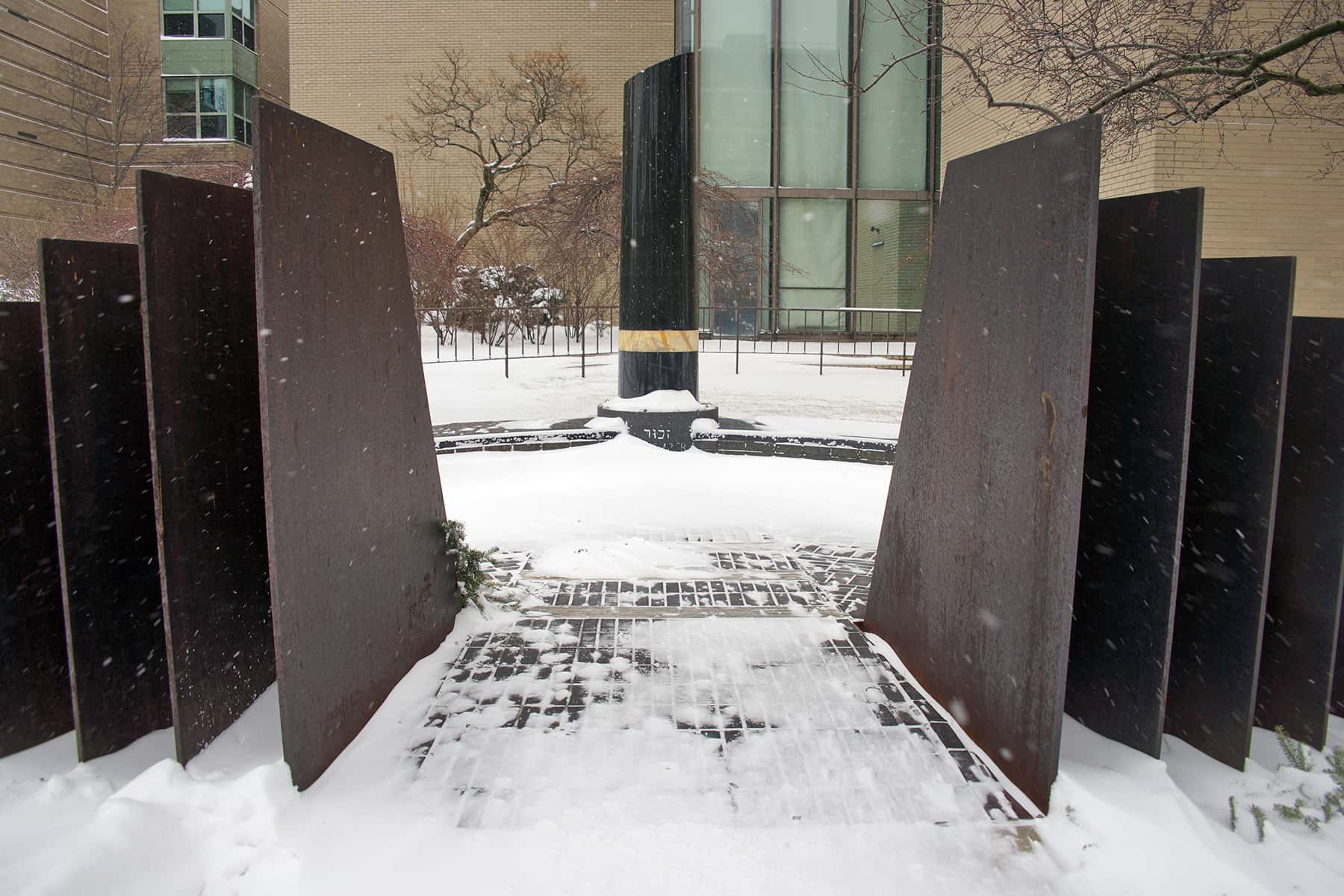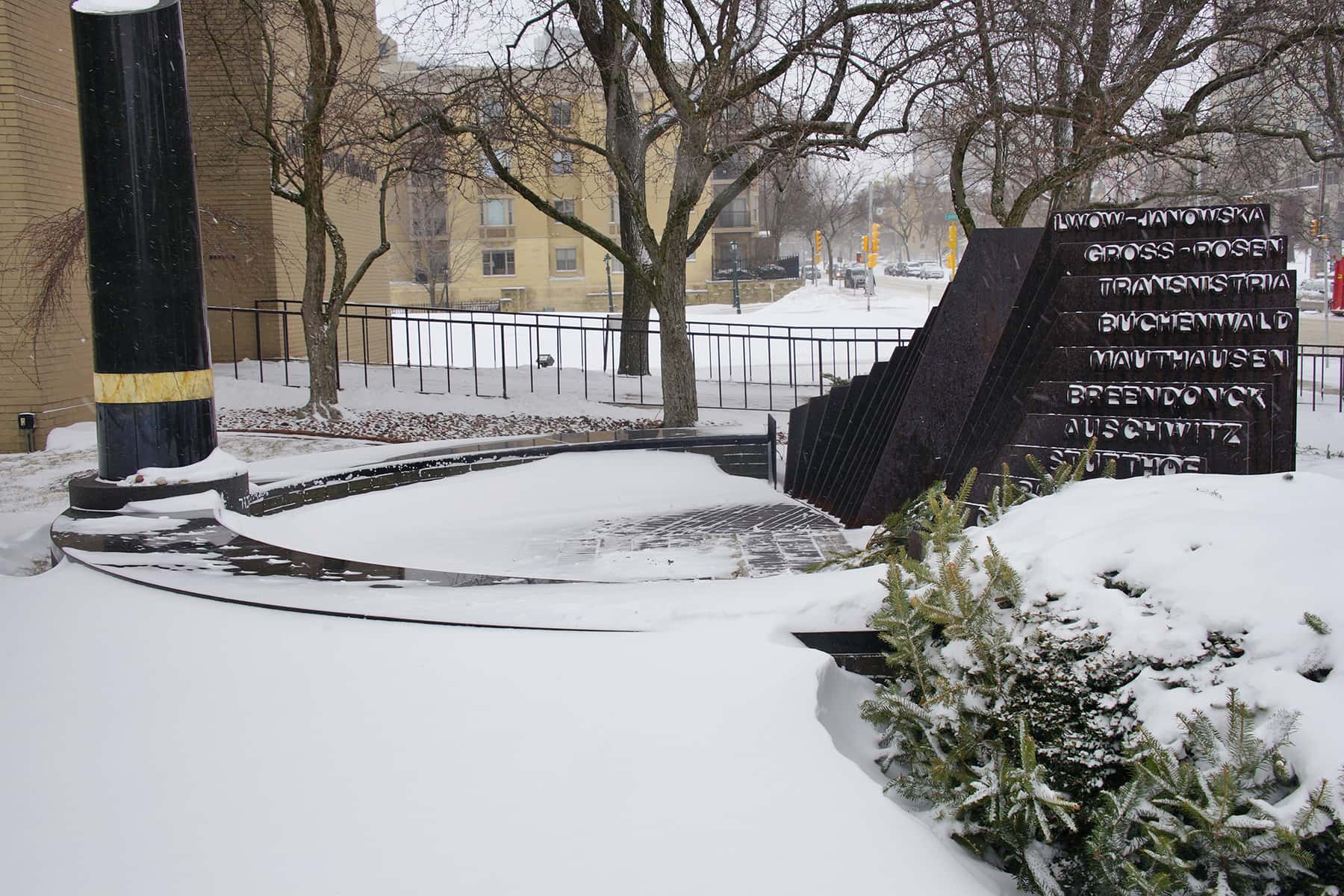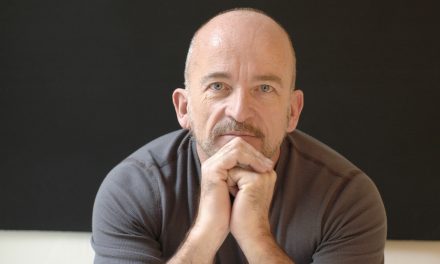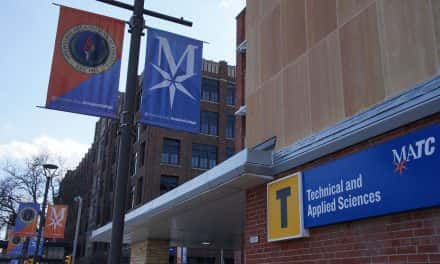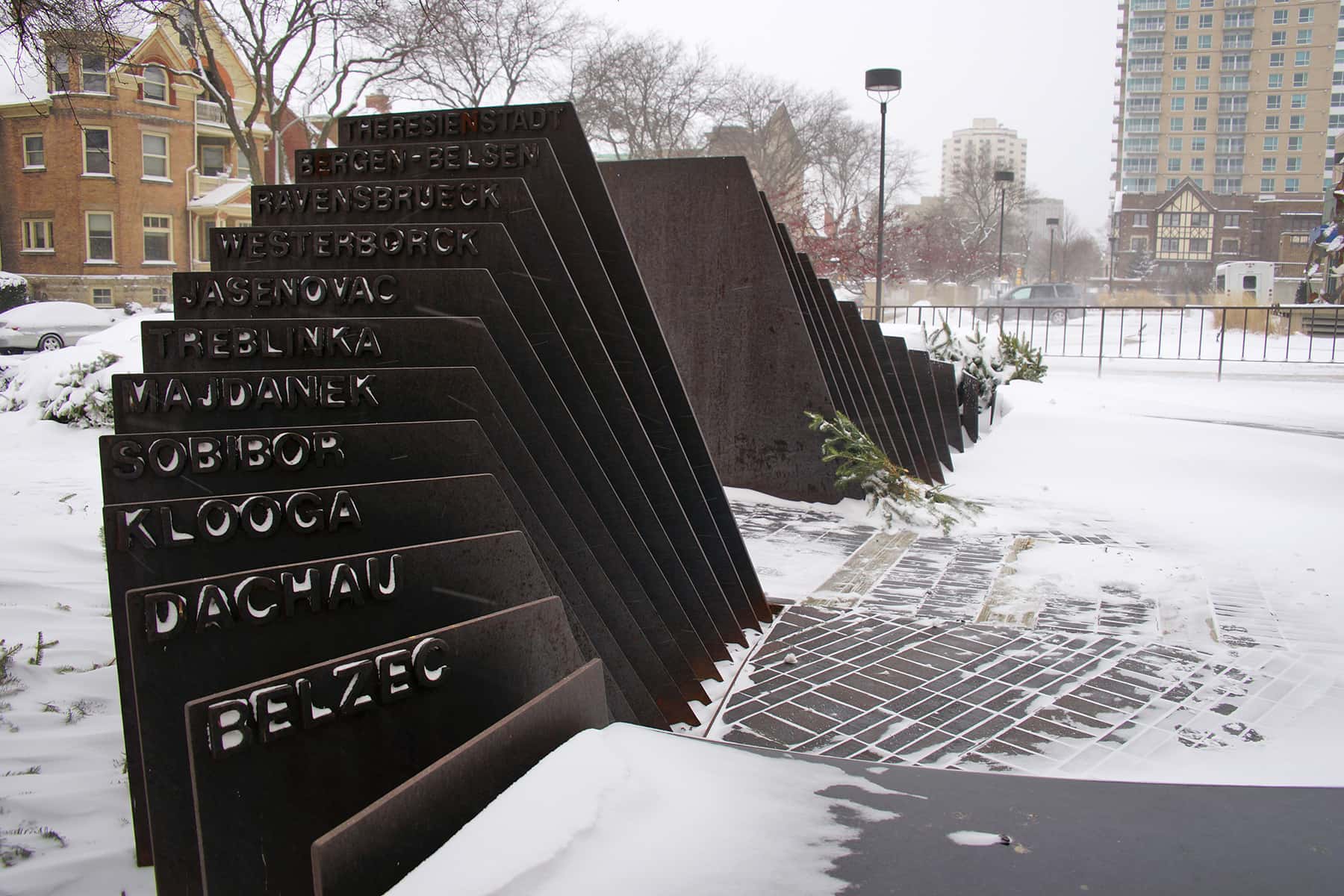
Jewish Museum Milwaukee (JMM) launched its newest exhibit, “To Paint is to Live: The Artwork of Erich Lichtblau-Leskly,” both in-person and online February 19.
To Paint is to Live explores the life and work of Erich Lichtblau-Leskly, a Czech Jewish artist who used art and satire as tools for coping and resistance while imprisoned in Theresienstadt Ghetto during World War II. The exhibit features 65 original paintings and drawings by the artist and runs through May 30.
“The exhibit title To Paint is to Live is a direct depiction of how Leskly faced and survived an unimaginable situation,” said Molly Dubin, Jewish Museum Milwaukee curator. “He later told family members he had to paint to keep his sanity; if he couldn’t paint, he couldn’t live.”
Before the war, Erich Lichtblau-Leskly lived a normal life with his wife Elsa and enjoyed a promising career as a commercial designer. That world was shattered when the Nazis invaded Czechoslovakia in 1939 and the Lesklys were deported to Theresienstadt Ghetto.
While imprisoned, Leskly continued to use art to express himself, document life around him, and make sense of his dire situation. His satiric, cartoonish representations of daily life in Theresienstadt juxtapose shocking scenes of brutality with a light, ironic style, exposing the absurdity and audacity of his and others’ experiences.
In the spring of 1944, fearing repercussions from the Nazis, Leskly cut his artwork into pieces and he and Elsa hid them under the floorboards in her barracks. Miraculously the couple survived the war and following liberation they were able to retrieve the scraps of art they had hidden. Living in Israel after the war, Leskly repainted the scenes into larger watercolors using the repaired drawings as inspiration.
Both the original taped back together sketches and reworked illustrations will be on display side-by-side in the exhibit. An original video, showing Leskly’s daughters and grandsons visiting Theresienstadt to see where the art hid under the floorboards, adds additional context for visitors.
Closed to in-person visitors since early December, JMM will reopen Feb. 19. Visitors will be able to choose to see the exhibit in-person or through paid online tours with a presentation. In addition, JMM is offering virtual programs with the opportunity for the public to engage with the Museum’s staff and guest experts. Since March, the Museum has seen 55,800 virtual visitors from all over the world.
“Our virtual programs have really taken off,” Dubin continued. “We’re tying into very poignant themes with strong parallels to the present day, that we hope will continue to resonate with our audiences here in Milwaukee and beyond.”
Programming also included a virtual opening preview on February 18 with Leskly’s daughter, Mira Oren, who explored his life, work, and legacy through a remote presentation from her London home.
The Jewish Museum Milwaukee is dedicated to preserving and presenting the history of the Jewish people in southeastern Wisconsin and celebrating the continuum of Jewish heritage and culture. The museum builds bridges between diverse groups of people through shared difficult histories and uses historical events and art to explore contemporary topics.
© Photo
Lee Matz

